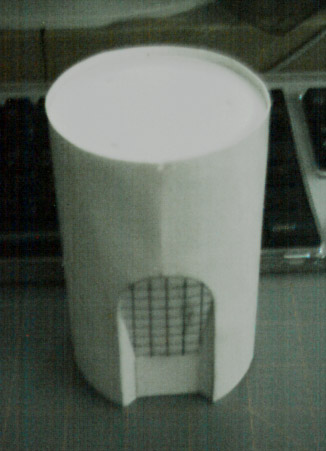It can work...Ahhhh, trying sarcasm on the web again, are we? Because I've always found that that works REEEEEAL well. (<- that was sarcasm. Sarcasm on the web doesn't work at ALL. Seriously. I mean it.)So no, I was not aware that the 11 foot model was built for "Where No Man Has Gone Before" and the two images I posted from the cage are of the unlit 3 foot model. But I'm always happy to learn something new everyday.
 you just have to realize that not everyone is going to be in on it.
you just have to realize that not everyone is going to be in on it.When I started this study model, I was under the impression that whatever had to be done would need to be drastic, so I wasn't worried about it not being absolutely perfect. I mean, after all, the curve you would expect is significantly off.Now I'm going to have to go back and see which one I picked. That has a hauntingly familiar ring to it. I know I wound up just extruding that aft curve down to the bottom of the trench, and flattened it out as it tapered down to the bottom. So whatever shape that produced...
What I found is that very small fudging of the shapes can make a big difference in a physical model.
I plan on getting better photos later in the week, but here is what I have right now...


